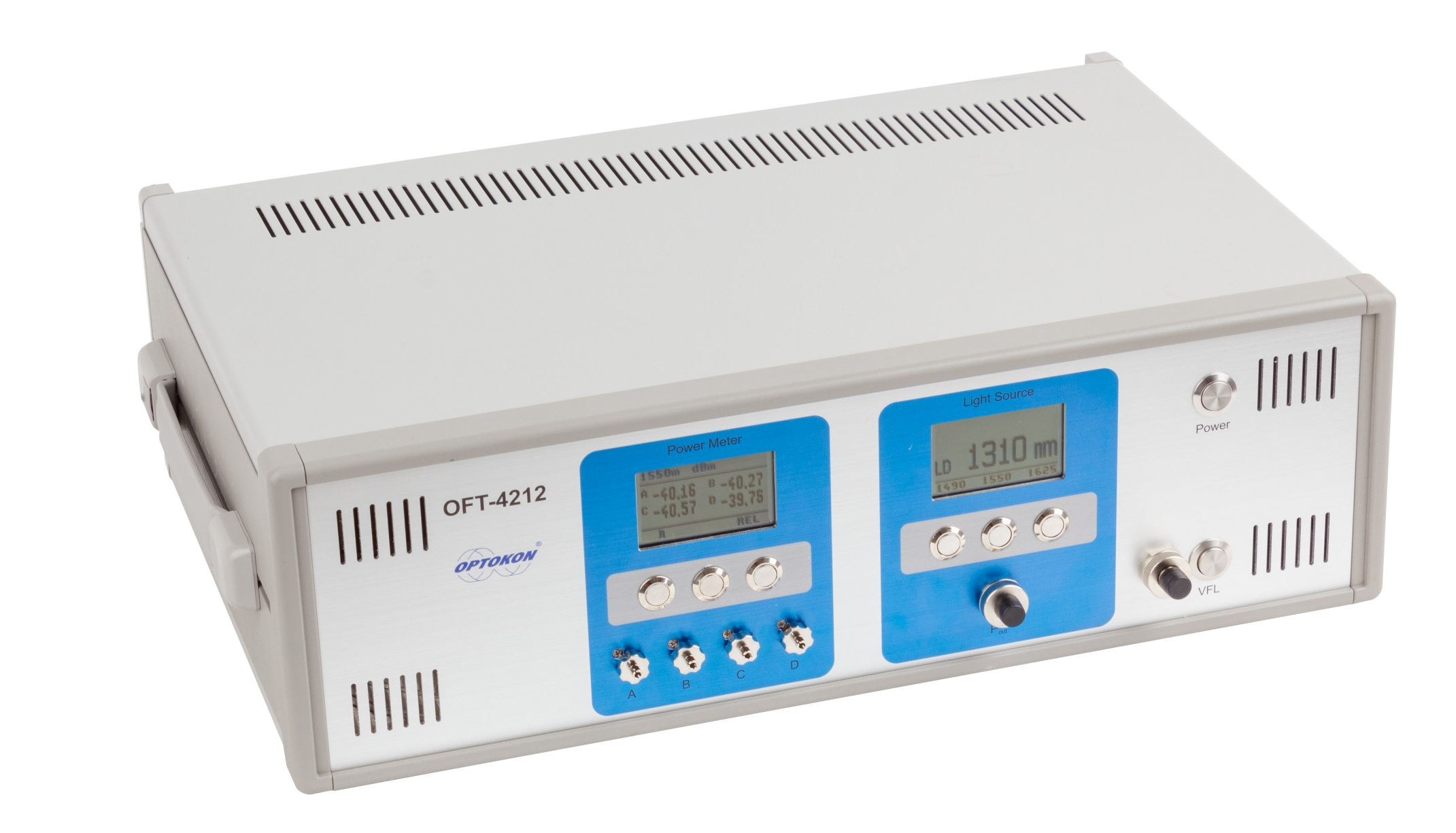Expert tips for maximizing the performance of fibre testing equipment
Wiki Article
All You Required to Learn About Robotic Vision and Its Applications in Advanced Optical Dimension Equipments
Robotic vision stands for a significant improvement in the intersection of computer system vision, expert system, and artificial intelligence. This modern technology enhances the accuracy of optical dimension systems, allowing real-time data analysis and enhanced quality control. Its effect covers multiple sectors, from manufacturing to healthcare. The advancing landscape of robot vision raises concerns about future abilities and applications. What technologies exist in advance in this transformative area?Comprehending Robotic Vision: Trick Concepts and Technologies
Robotic vision encompasses the innovations and approaches that enable equipments to analyze and comprehend aesthetic info from their atmosphere. This area integrates elements of computer system vision, artificial knowledge, and equipment discovering to facilitate automated decision-making based on aesthetic information. Trick concepts include image processing, which involves the enhancement and analysis of images to extract meaningful features, and things recognition, which allows equipments to determine and identify objects within a scene.
The Integration of Robotic Vision With Optical Dimension Systems
As markets progressively require precision and effectiveness, the assimilation of robotic vision with optical dimension systems has arised as a transformative approach. This harmony allows robots to regard and interpret their surroundings, improving the capability of optical measurement systems to examine and evaluate objects with unmatched accuracy. By gearing up optical sensing units with sophisticated imaging innovations, robotic vision allows real-time data collection and processing, promoting instant changes to measurement parameters.In addition, the combination empowers automated systems to spot variations in dimensions, surface quality, and alignment, which are crucial in quality assurance processes. Boosted formulas, such as maker discovering, additional boost this assimilation by boosting the systems' capability to adapt to different atmospheres and situations. Subsequently, the assimilation not just enhances dimension procedures but additionally minimizes mistakes, ensuring that products fulfill strict industry standards, thereby solidifying the duty of robot vision in the future of optical measurement systems.
Applications of Robotic Vision in Manufacturing
In modern production environments, the usage of vision systems has revolutionized production processes by making it possible for machines to perform tasks with amazing precision and speed. Robotic vision systems are progressively employed for quality assurance, where they inspect items for defects and guarantee adherence to specifications. These systems utilize electronic cameras and advanced algorithms to analyze products in real-time, considerably reducing the threat of human error.In addition, robotic vision helps with automation in assembly lines, enabling robots to precisely identify elements and construct them with minimal downtime. This technology also boosts inventory management, as vision systems can keep track of stock degrees and discover discrepancies, assuring a seamless supply chain.
In addition, robotic vision help in the execution of smart factories, where information from vision systems can be incorporated with various other technologies to optimize workflows. In general, the applications of robot vision in producing click here for info show its critical duty in enhancing performance, quality, and performance across different industries
Robotic Vision in Medical Care: Changing Person Treatment

In rehabilitation, robotic vision help in keeping track of client progress and tailoring treatment sessions to specific needs. It sustains clinical specialists by automating tasks such as information collection and individual monitoring, enabling more time to focus on direct individual interaction. Furthermore, robot vision boosts telemedicine by making it possible for remote diagnosis and online consultations, connecting the void between individuals and health care companies. In general, the application of robot vision in health care is transforming client care, bring about improved end results, efficiency, and individual complete satisfaction.
Future Trends and Growths in Robotic Vision Modern Technology
The fast advancement of robotic vision technology guarantees to further boost its applications across different sectors, including medical care. Future trends show a significant shift in the direction of integrating expert system and equipment understanding, enabling systems to gain from vast datasets and enhance accuracy over time. Boosted sensor innovations and deep understanding algorithms are expected to improve things recognition abilities, permitting robotics to interpret complicated settings better.
The integration of enhanced truth (AR) with robot vision will likely change just how robotics aid in medical pop over to this web-site treatments and diagnostics. This harmony will certainly promote real-time data visualization, enhancing decision-making processes. Additionally, miniaturization of components will result in more portable and flexible robotic vision systems ideal for a range of jobs. As these advancements unfold, markets will witness raised automation and efficiency, solidifying robot vision as a foundation of innovative technological options.
Regularly Asked Questions
What Are the Main Parts of a Robotic Vision System?
The major components of a robotic vision system include electronic cameras for image capture, processors for data analysis, formulas for analysis, and actuators for motion. Together, these elements make it possible for robots to regard and connect with their atmosphere successfully.How Does Robotic Vision Improve Accuracy in Measurements?
Robotic vision boosts measurement precision by using advanced imaging technologies, allowing exact object discovery and spatial evaluation. This capability minimizes human error, raises repeatability, and permits real-time changes, ultimately boosting general dimension dependability and efficiency.What Industries Advantage The Majority Of From Robotic Vision Modern Technology?
Numerous sectors benefit considerably from robotic vision innovation, including production, healthcare, farming, and logistics. These markets make use of improved accuracy, efficiency, and automation, causing boosted performance and minimized functional expenses in their respective procedures.Can Robotic Vision Systems Work in Low-Light Issues?
Robotic vision systems can indeed work in low-light conditions, using advanced sensing units and algorithms to boost image clearness. This ability permits them to execute effectively in various settings, consisting of industrial and monitoring applications, also with very little lighting.What Are the Expenses Connected With Carrying Out Robotic Vision?
The costs connected with implementing robot vision differ substantially, affected by components such as cams, software program, and combination. Additional expenses include maintenance, training workers, and possible upgrades to existing systems, which can collect in time.Report this wiki page